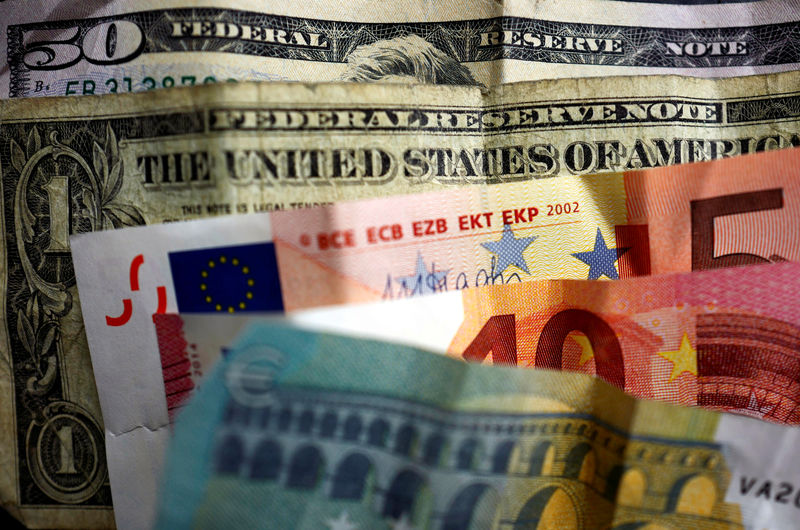
UBS today provided a forecast for the USD/CNY exchange rate, projecting it to reach 7.5 by the first half of 2025. This prediction comes amid ongoing trade tensions between the United States and China, with potential policy responses from Beijing including tariffs on targeted US goods and restrictions on exports of critical materials.
According to UBS, while these measures might serve as symbolic acts of defiance, they are not expected to significantly alter the fundamental dynamics of the US-China relationship. Instead, a moderate depreciation of the Chinese Yuan (CNY) is seen as a more viable approach to mitigate the economic impact of US tariffs. UBS believes this gradual climb in the USD/CNY exchange rate will help cushion China’s economy against trade pressures.
The financial institution also noted that a steep depreciation of the yuan is improbable due to the risks of triggering damaging capital outflows and competitive responses from China’s trading partners. Such a move could destabilize China’s financial system and is therefore considered unlikely.
On the other hand, UBS suggests that Beijing could potentially extend concessions to ease tensions, such as increasing purchases of agricultural products, liquefied natural gas (LNG), and services from the US. Furthermore, collaboration on issues of mutual concern like combating drug trafficking could also be part of China’s strategy to navigate the complex trade relationship with the US.
UBS’s forecast of the USD/CNY reaching 7.5 by the end of 2025 indicates a cautious approach from China in dealing with trade disputes, balancing between retaliatory measures and cooperative gestures to maintain economic stability and international relations.
This article was generated with the support of AI and reviewed by an editor. For more information see our T&C.












